I think that the life expectancy figure is probably inaccurate, likely culled from mortality schedules of the time which included deaths of infants and children, who had very high morality rates at the time. In my family with maybe one or two notable exceptions the men all lived into their 80s. One could also ask, if men died so young, why was there such an availability of men of much greater age for the roles of statesmen, writers, poets, and so one? Taft was President then and in his 50s, he was followed by Wilson in his mid 50s as well. Mark Twain died in 1910 in his 70s.
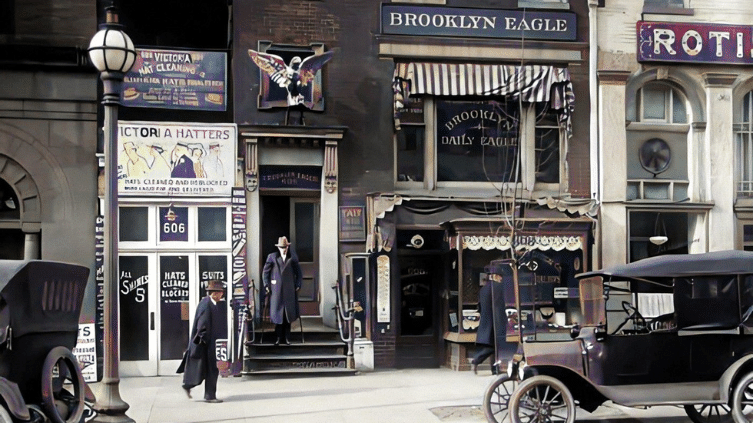

No matter how much we learn about our ancestors as individuals, it’s hard to picture what their lives were like back then. What were their struggles and challenges? What were their daily routines? Was life simpler for them?
Search historical records on MyHeritage
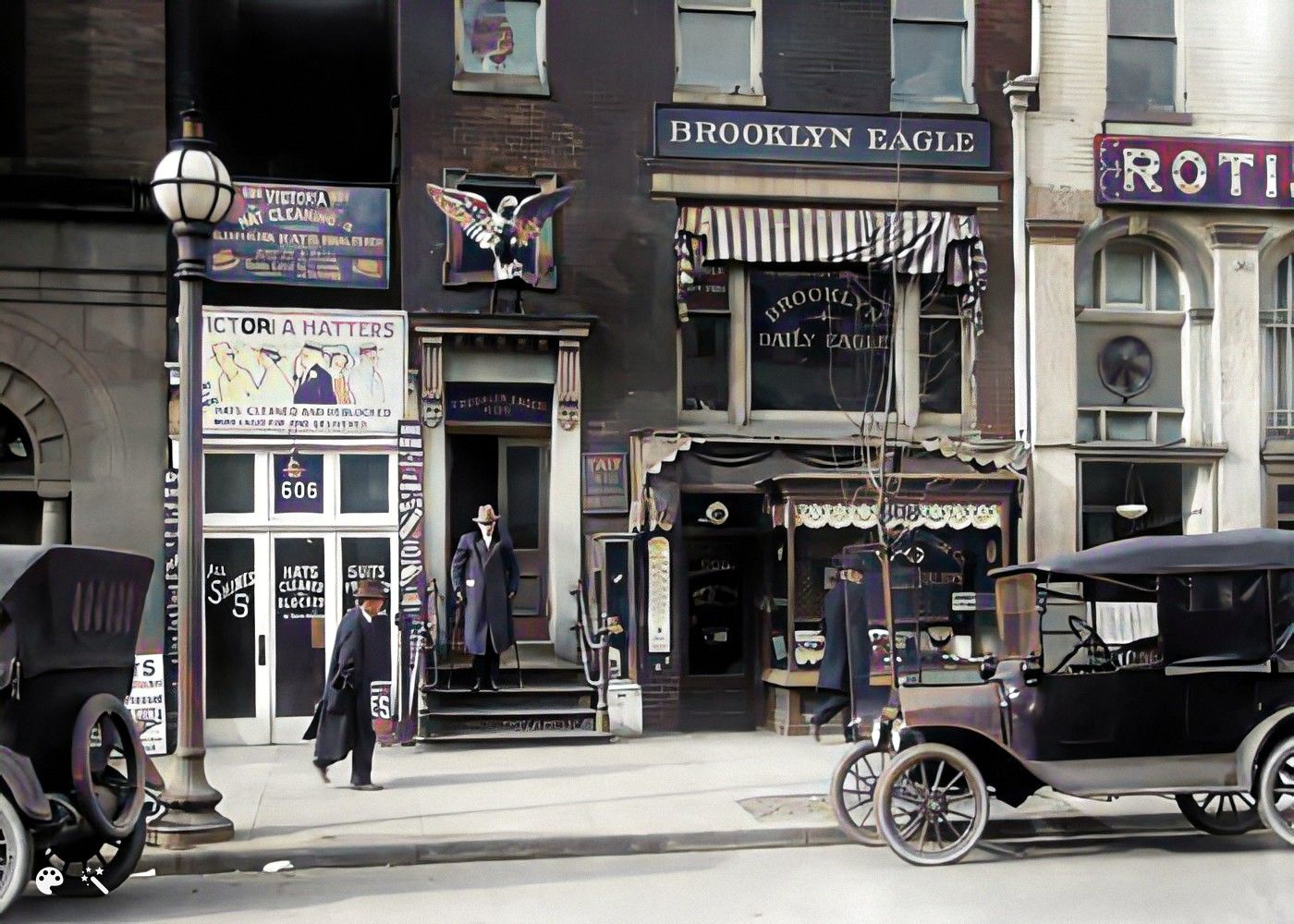
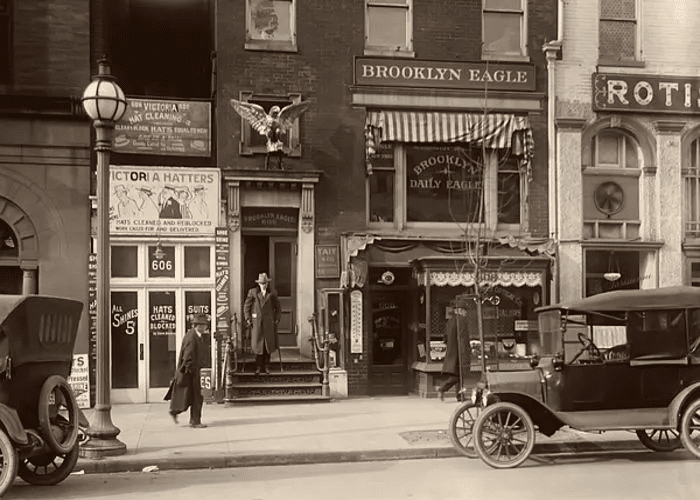
Back in 2016, we posted about some of our favorite items in a list compiled by a theater troupe in Del Tura, Florida, about life in 1915:
- Average life expectancy for men was 47.
- Fuel for cars was only sold in drug stores.
- Only 14 percent of homes had a bathtub.
- Only 8 percent of homes had a telephone.
- The tallest structure in the world was the Eiffel Tower.
- The average US worker made between $200-$400 each year.
- More than 95 percent of all births took place at home.
- Sugar was 4 cents a pound, eggs were 14 cents a dozen, coffee was 15 cents a pound.
- Most women washed their hair only once a month, using Borax or egg yolks.
- The population of Las Vegas, Nevada was only 30.
- Crossword puzzles, canned beer and iced tea had not yet been invented.
- There was neither a Mother’s Day nor a Father’s Day.
But even in the 8 years between 1915 and 1923, so much had changed. Here’s a glimpse into life 100 years back from 2023:
Politics and world events
1923 was a tumultuous year on the global stage. In Germany, the Weimar Republic was grappling with severe hyperinflation, causing considerable economic turmoil. This crisis played a role in the eventual rise of the Nazi Party. Meanwhile, the Irish Civil War drew to a close, marking a significant turning point in the country’s history.
Fashion trends
Women’s fashion was dominated by the “flapper” style, characterized by dropped waists and shorter skirts that reached just below the knee. Hairstyles also broke with tradition, as many women sported chic, bobbed cuts. Men usually donned suit jackets with high, starched collars and wide ties — an image of sophistication in the Roaring Twenties.
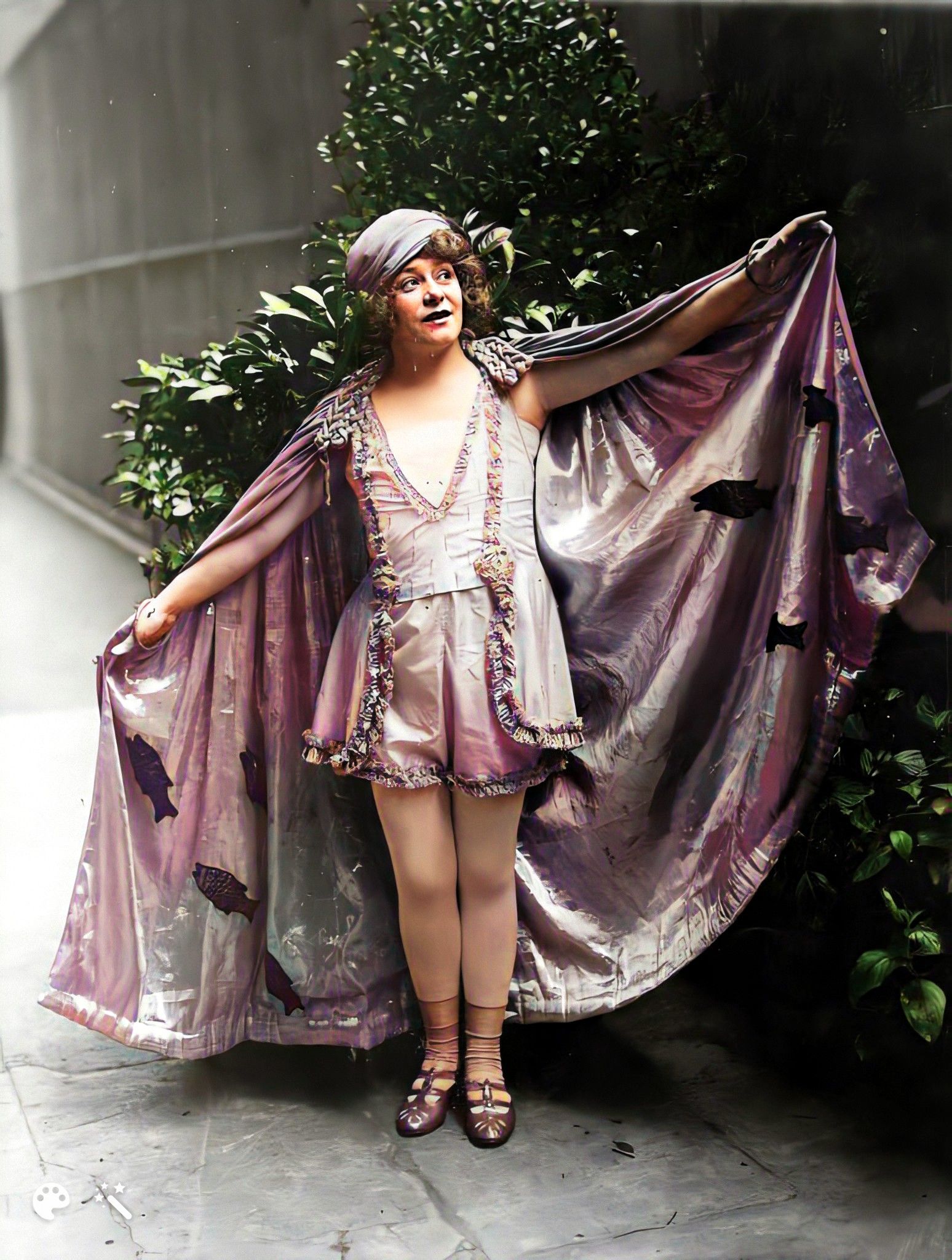
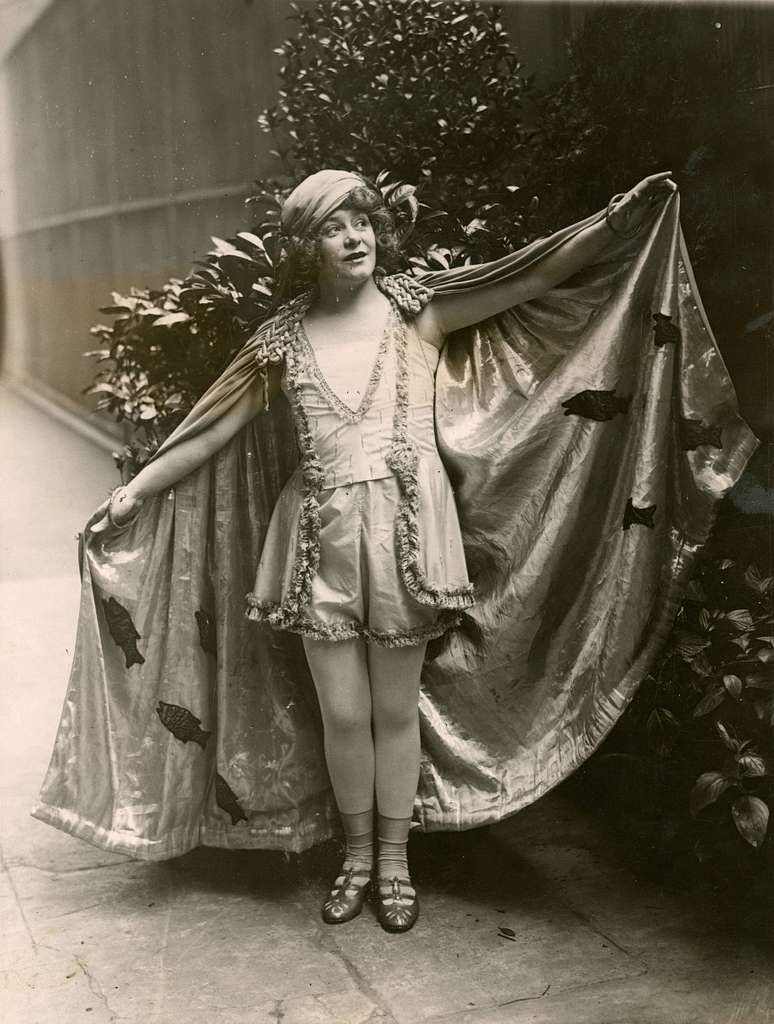
Technological advances
Radios began appearing in homes as the first commercial models became available. With the establishment of radio broadcast stations a few years earlier, news and entertainment were now transmitted directly into living rooms — a novelty that dramatically altered how people stayed informed and entertained.
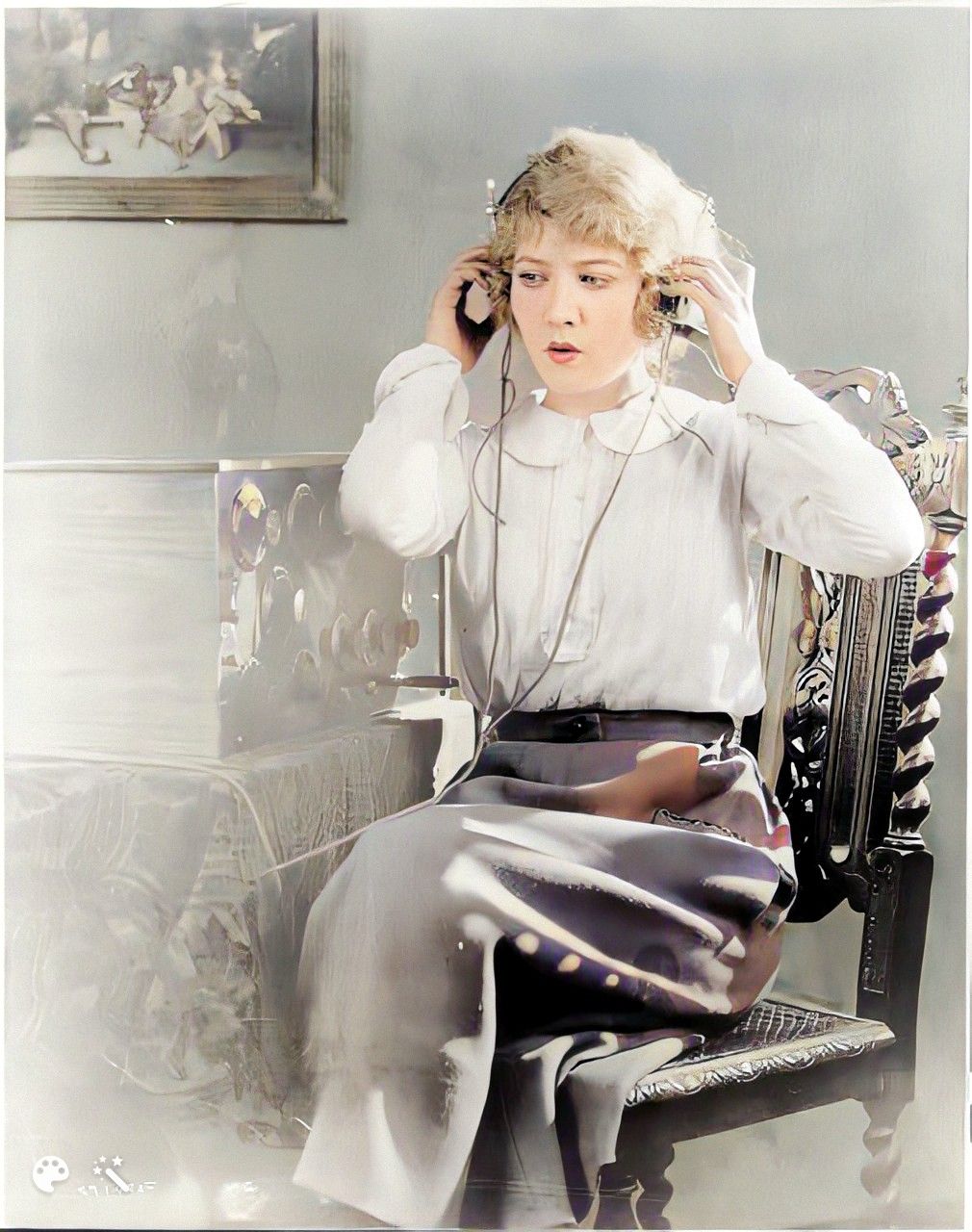

Entertainment
The silent film industry was thriving. In fact, the Warner Bros. film studio was founded in 1923, marking the beginning of an entertainment empire. Also debuting that year was the first issue of Time magazine, which would grow to become one of the most influential publications in the world.
Sports
1923 was a momentous year for baseball. The New York Yankees clinched their first World Series victory, and the legendary Yankee Stadium opened its doors for the first time — quickly earning the nickname “The House that Ruth Built” in honor of the iconic Babe Ruth.
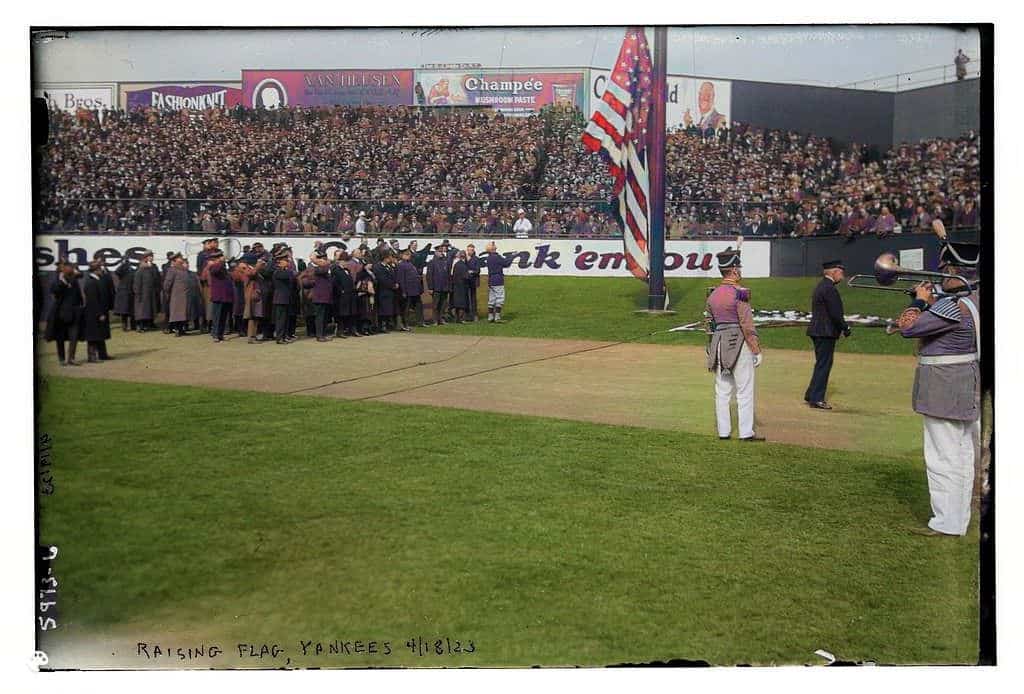
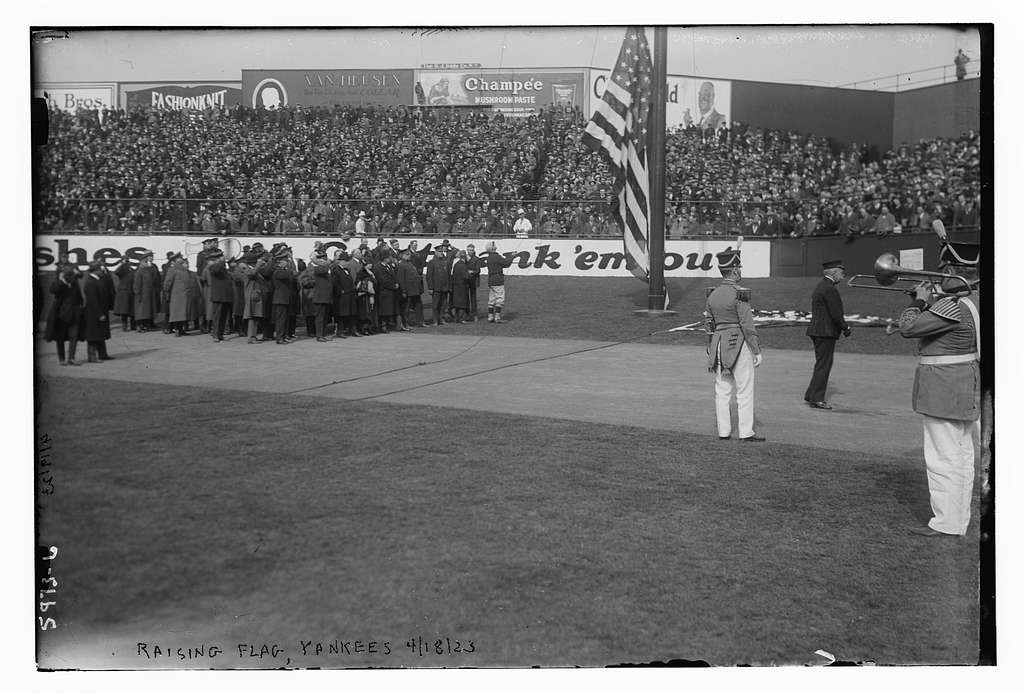
Automobiles
The Ford Model T was the vehicle of choice for many. Known as the “Tin Lizzie,” this automobile was affordable and reliable. However, by 1923, other car manufacturers, such as General Motors, were introducing competitive models with more features and style options.
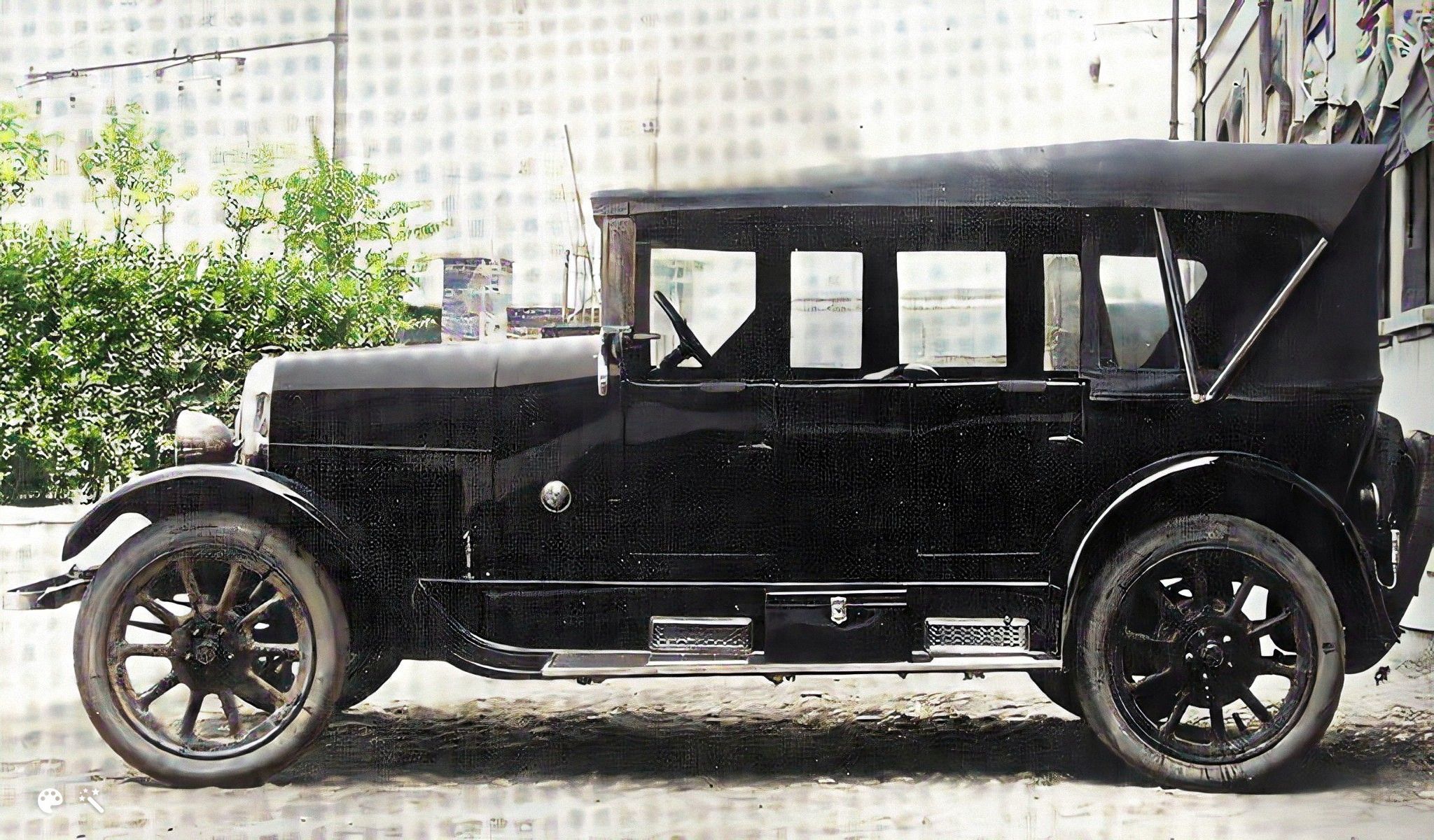

Prohibition era
Prohibition was in full swing in the United States in 1923, banning the sale, production, and transportation of alcoholic beverages. This law inadvertently spurred the growth of illegal speakeasies and organized crime, leading to a cultural phenomenon known as the Roaring Twenties.
Health
In the realm of health, the discovery of penicillin was still five years away. In 1923, many bacterial infections remained untreatable, and common causes of death included pneumonia, tuberculosis, and diarrheal diseases.
Economy and cost of living
The Roaring Twenties was a time of economic prosperity. In the United States, post-World War I growth made for a robust economy. However, the average US worker made only between $200–$400 per year. To provide some context, here’s what common items cost:
- Sugar was priced at 4 cents per pound.
- A dozen eggs cost 14 cents.
- A pound of coffee would set you back 15 cents.
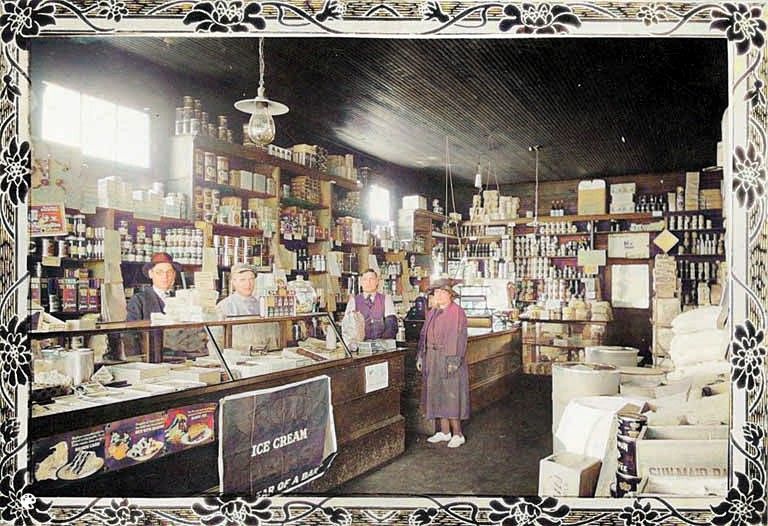
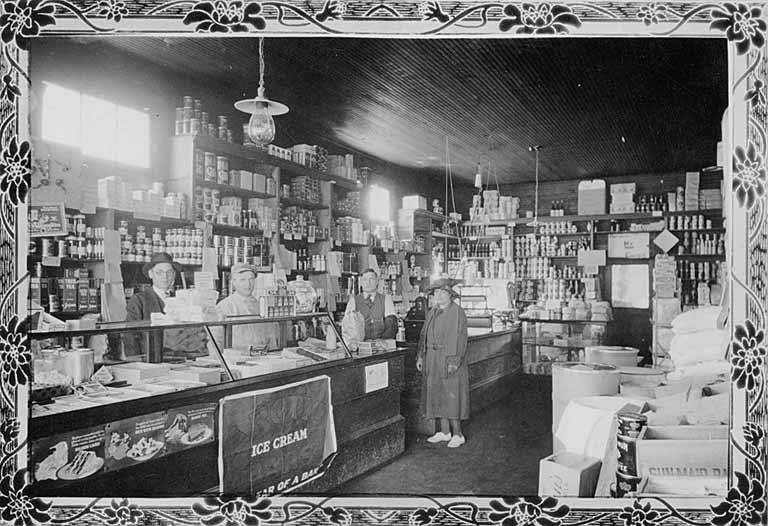
These are fascinating details about how our ancestors lived, giving us a small window into their lives. Find out what your ancestors’ lives were like 100 years ago by searching old newspaper records on MyHeritage!
What do you think life will be like 100 years from today?


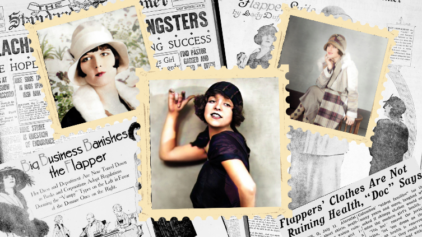
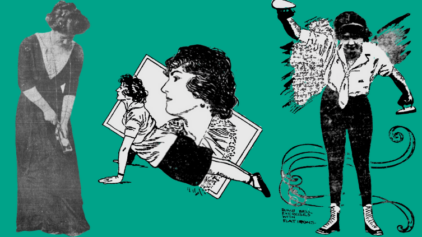






Pat Hamer
January 8, 2016
history is remarkable and interesting. Let’s hope we can learn from it and make life better for all.